Ships moving in the Strait of Hormuz. (Photo: IRNA/VNA)
According to the US Energy Information Administration (EIA), about 14.2 million barrels of crude oil and 5.9 million barrels of other petroleum products pass through the strait every day, accounting for about 20% of total global output in the first quarter of the year.
The corridor is also a near-exclusive shipping route for crude oil from Saudi Arabia, the United Arab Emirates (UAE), Iraq, Kuwait, Qatar and Iran.
Experts estimate that more than half of East Asia’s oil imports pass through the Strait of Hormuz. China is one of the largest customers, importing 5.4 million barrels of crude oil per day through the Strait of Hormuz in the first quarter of this year, according to the EIA.
Saudi Arabia is China's second-largest crude oil supplier, accounting for 15% of the country's total oil imports, or 1.6 million barrels per day.
China also buys more than 90% of Iran’s oil exports, importing 1.3 million barrels of Iranian crude a day in April, down from a five-month high in March, according to analytics firm Kpler.
Alongside China, India is also heavily dependent on the Strait of Hormuz. EIA data shows that in the first quarter, the country imported 2.1 million barrels of crude oil per day through this corridor.
Local media reported that about 53% of India's oil imports by early 2025 would come from suppliers in the Middle East, especially Iraq and Saudi Arabia.
India has been increasing its oil imports from Russia over the past three years, worried about an escalating conflict in the Middle East. India’s Petroleum and Natural Gas Minister Hardeep Singh Puri said on social media site X that India has diversified its supply sources over the past few years and now a significant amount of supply no longer passes through the Strait of Hormuz.
He also added that the government will take all necessary measures to ensure stable fuel supply to the people.
South Korea is also vulnerable if Iran blocks the Strait of Hormuz. According to the EIA, about 68% of South Korea's crude oil imports pass through the Strait of Hormuz, equivalent to 1.7 million barrels per day this year.
South Korea is particularly dependent on its main supplier Saudi Arabia, which accounted for a third of its oil imports last year.
South Korea's Ministry of Trade and Energy said there have been no disruptions to the country's crude oil and liquefied natural gas (LNG) imports so far.
However, the ministry also noted that in the face of a possible supply crisis, the government and industry stakeholders have prepared for emergencies by maintaining a strategic petroleum reserve equivalent to about 200 days of supply.
Japan is also vulnerable, as it imports 1.6 million barrels of crude oil a day through the Strait of Hormuz. Japanese customs data shows that 95% of its crude oil imports last year came from the Middle East.
The country’s energy shipping companies are preparing for a possible blockage of the strait, with Mitsui OSK Shipping Group saying it is taking steps to minimize the time its ships spend in the Gulf.
Additionally, in the first quarter, about 2 million barrels of crude oil per day passed through the Strait of Hormuz destined for other parts of Asia – particularly Thailand and the Philippines.
Faced with that situation, Asian countries can diversify their oil suppliers, but it is difficult to replace the large volumes coming from the Middle East.
Experts at MUFG Bank said that in the short term, high global oil reserves, available spare production capacity of the Organization of the Petroleum Exporting Countries (OPEC) and its allies, also known as OPEC+, and US shale oil production can all create a certain buffer.
However, MUFG also stressed that a complete closure of the Strait of Hormuz would still affect access to a large part of OPEC+ spare production capacity, which is concentrated in the Persian Gulf.
Saudi Arabia and the UAE have the infrastructure to bypass the strait, potentially minimizing disruption, but the shipping capacity of these routes remains very limited – only about 2.6 million barrels per day.
According to EIA, the Goreh-Jask pipeline built by Iran to export through the Gulf of Oman, which has been inactive since last year, also only has a maximum capacity of 300,000 barrels per day./.
According to VNA
Source: https://baothanhhoa.vn/eo-bien-hormuz-got-chan-asin-cua-an-ninh-nang-luong-chau-a-253182.htm


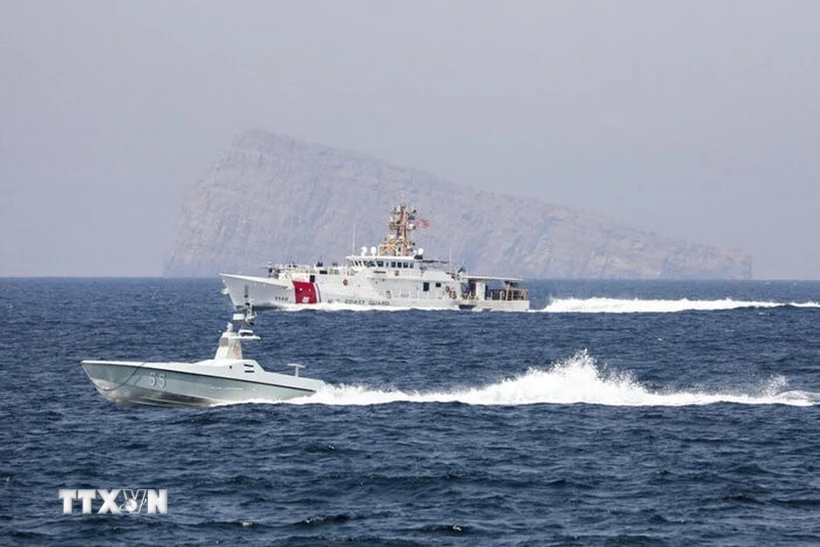





![[Photo] The Standing Committee of the Organizing Subcommittee serving the 14th National Party Congress meets on information and propaganda work for the Congress.](https://vphoto.vietnam.vn/thumb/1200x675/vietnam/resource/IMAGE/2025/11/19/1763531906775_tieu-ban-phuc-vu-dh-19-11-9302-614-jpg.webp)
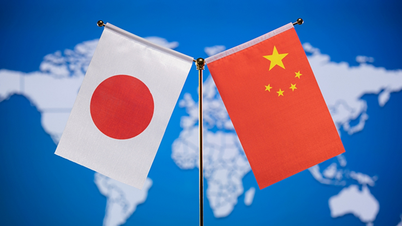






















![[OCOP REVIEW] Duong Van rice vermicelli - The quintessence of Hoang Dat craft village](https://vphoto.vietnam.vn/thumb/402x226/vietnam/resource/IMAGE/2025/11/18/1763460492510_review-ocop-mie-w1200t0-di2546d245d2170303t11920l1-525e8fd67833f466.webp)




![[Photo] Prime Minister Pham Minh Chinh and his wife meet the Vietnamese community in Algeria](https://vphoto.vietnam.vn/thumb/1200x675/vietnam/resource/IMAGE/2025/11/19/1763510299099_1763510015166-jpg.webp)
![[Photo] General Secretary To Lam receives Slovakian Deputy Prime Minister and Minister of Defense Robert Kalinak](https://vphoto.vietnam.vn/thumb/1200x675/vietnam/resource/IMAGE/2025/11/18/1763467091441_a1-bnd-8261-6981-jpg.webp)






























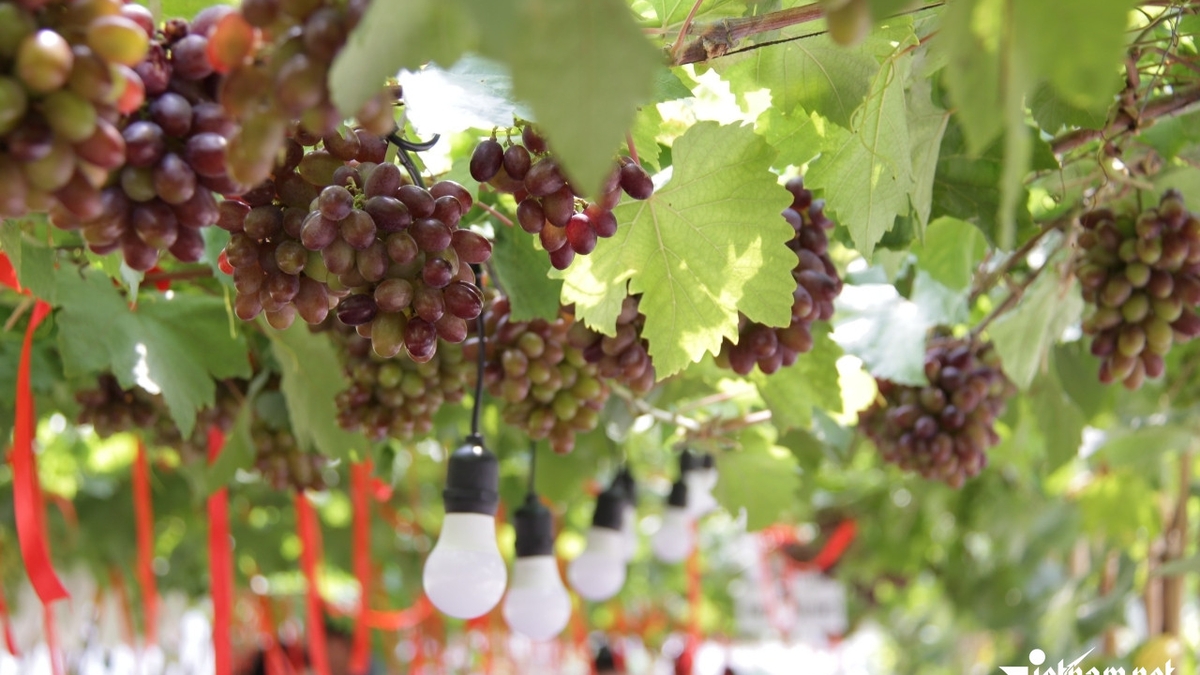








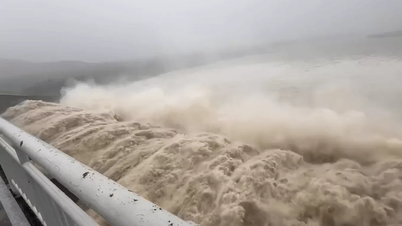


















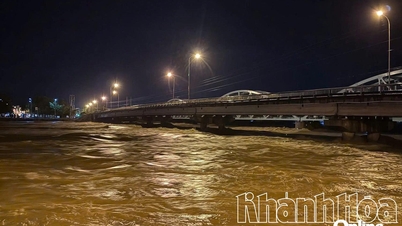
















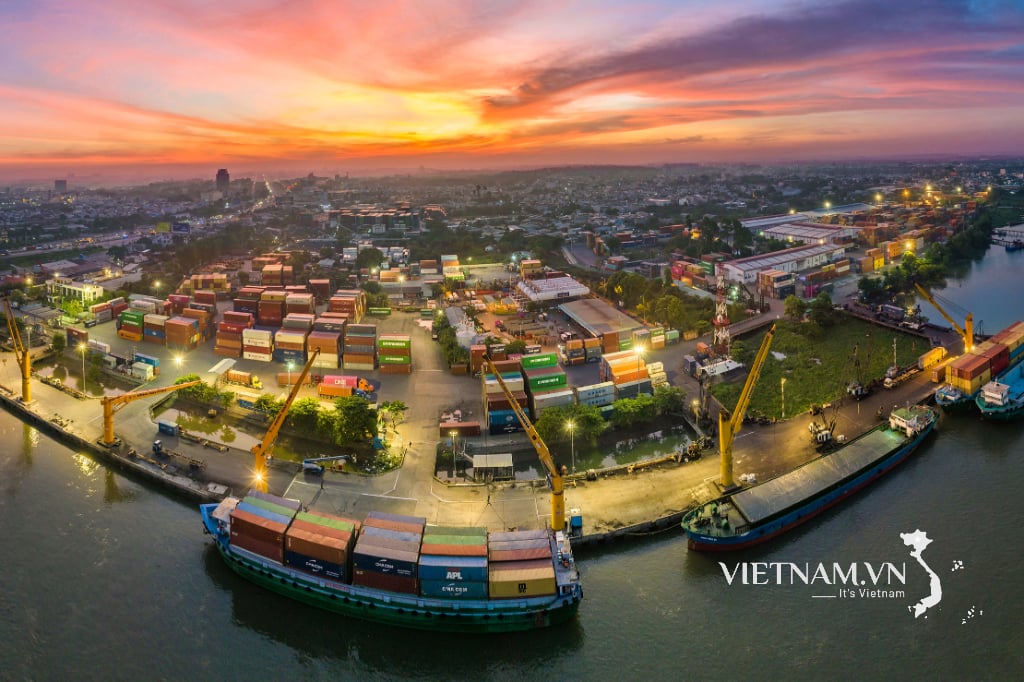


Comment (0)